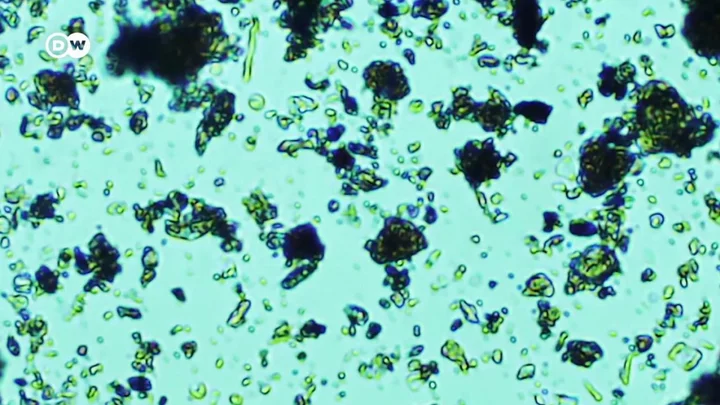The secret to life on distant planets could lie beneath the ocean floor, according to staggering research.
A rich tapestry of microbes uncovered from rocks hundreds of feet down among the ocean crust proved an illuminating discovery for authors of a study first published in 2020.
The single-cell organisms that live off methane in the South Pacific were far more plentiful in number than expected after being uncovered during an expedition in 2010.
It came when the Integrated Ocean Drilling Program (IODP) collected samples from 400 feet below the ocean crust.
Sign up to our free Indy100 weekly newsletter
The sheer number of microbes they found in the rock samples surprised them, with the rocks containing an enormous 10 billion bacterial cells – a huge increase compared to normal levels on the seafloor, which normally only measure around 100 bacterial cells per cubic centimeter.
"I thought it was a dream, seeing such rich microbial life in rocks," Yohey Suzuki from the University of Tokyo said.
The signs are certainly encouraging when it comes to searching for life on Mars and other planets in the solar system, especially as the findings of the study suggested that the microbes were there organically and not influenced by underwater volcanoes.
"Minerals are like a fingerprint for what conditions were present when the clay formed. Neutral to slightly alkaline levels, low temperature, moderate salinity, iron-rich environment, basalt rock—all of these conditions are shared between the deep ocean and the surface of Mars," Suzuki said.
Have your say in our news democracy. Click the upvote icon at the top of the page to help raise this article through the indy100 rankings.

